Emergencies Can Happen Any Time- Make Sure Your Pets Are Prepared!You Can Take Action to Help Your Pet!Emergencies come in many forms, and they may require anything from a brief absence from your home to permanent evacuation. Each type of disaster requires different measures to keep your pet safe, so the best thing you can do for yourself and your pets is to be prepared. There are a few simple things your can do ahead of time, that way when disaster strikes, you are prepared. What You Can Do to Keep Your Pet Safe: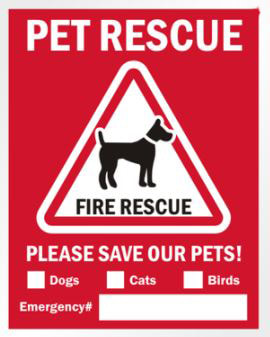 Get a rescue alert sticker. This easy to use sticker will let people know that pets are inside your home. The best placement for something like this would be on or near your front door so it is easily visible to rescue workers. It should include the types and number of pets in your household as well as the name and number of your veterinarian. If you must evacuate with your pets, and if time allows, write “EVACUATED” across the stickers. These stickers can be ordered online or purchased at local pet supply stores. Having a safe haven for your pets arranged prior to an evacuation can be lifesaving. Do not leave your pets behind. Remember, if it isn’t safe for you, it isn’t safe for your pets either. They may become trapped or escape and be exposed to numerous life-threatening hazards. Note that not all emergency shelters accept pets, so it is imperative that you have determined where you will bring your pets ahead of time:
What If I Have To Evacuate?If you must evacuate your home in a crisis, plan for the worst- case scenario. Even if you think you may be gone for only a day, assume that you may not be allowed to return for several weeks. When recommendations for evacuation have been announced, follow the instructions of local and state officials. To minimize evacuation time, take these simple steps:
What Items Should I Bring?
Final Thoughts:If you live in an area that is prone to certain natural disasters, such as tornadoes, earthquakes, hurricanes, or flooding, you should plan accordingly. Determine well in advance which rooms offer safe havens inside your home if you are not evacuated. These rooms should be clear of hazards such as windows, flying debris, etc. Choose easy to clean areas such as utility rooms, bathrooms and basements as safe zones. Make sure you have access to a supply of fresh water. In the even of flooding, go to the highest location in your home, or a room that has access to counters or high shelves where your animals can take shelter. Be sure to heed all local and state issued warnings, especially in the case of evacuation. Natural disasters can be devastating, but being prepared can make all the difference in life threatening situations for both yourself and your pet. Did you know it's also |
Lourdes MassengillI love grooming and dogs are my life :-) Archives
November 2021
|
|
|
We offer 10% off every day for booking at least 6 weeks early,
as well as 10% off for seniors and military!
Call us today!
407-332-4400
© Copyright 2022 D'tails Pet Boutique & Spa. All Rights Reserved.

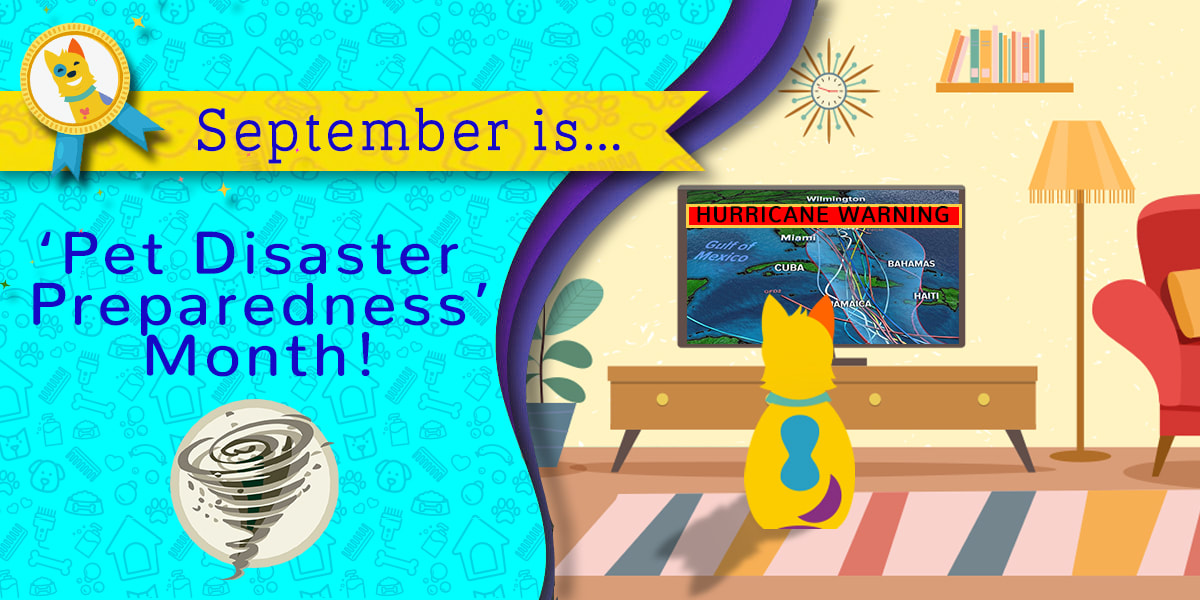
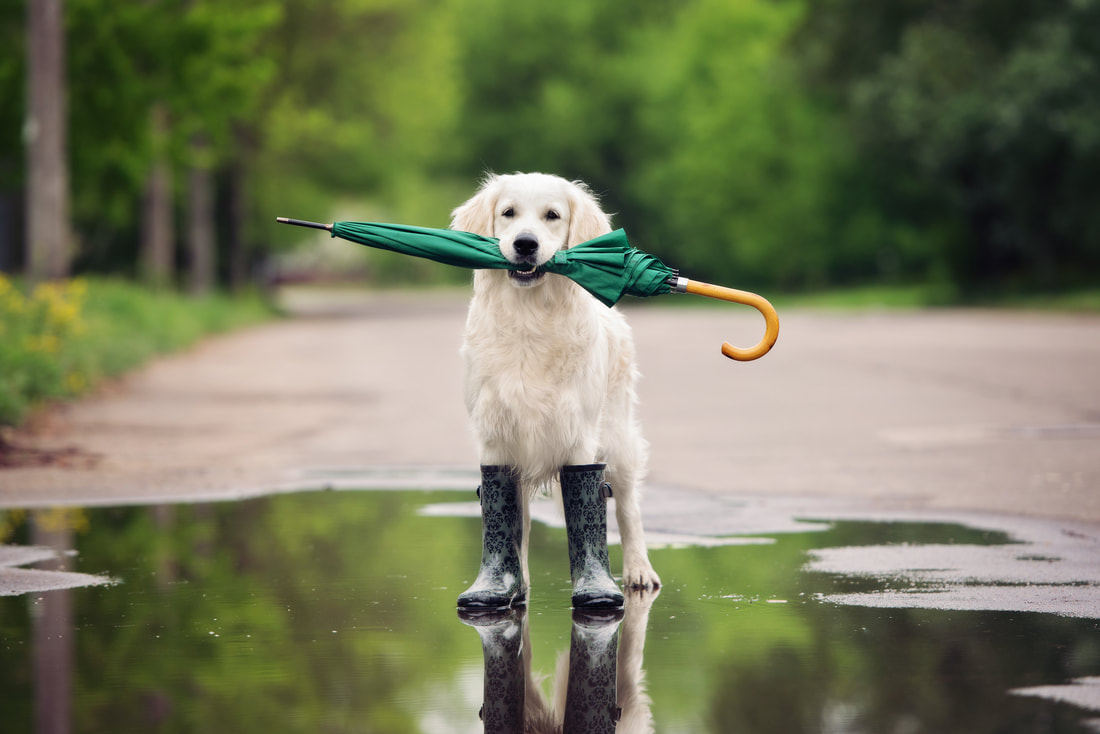
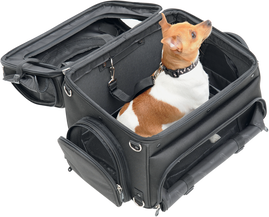
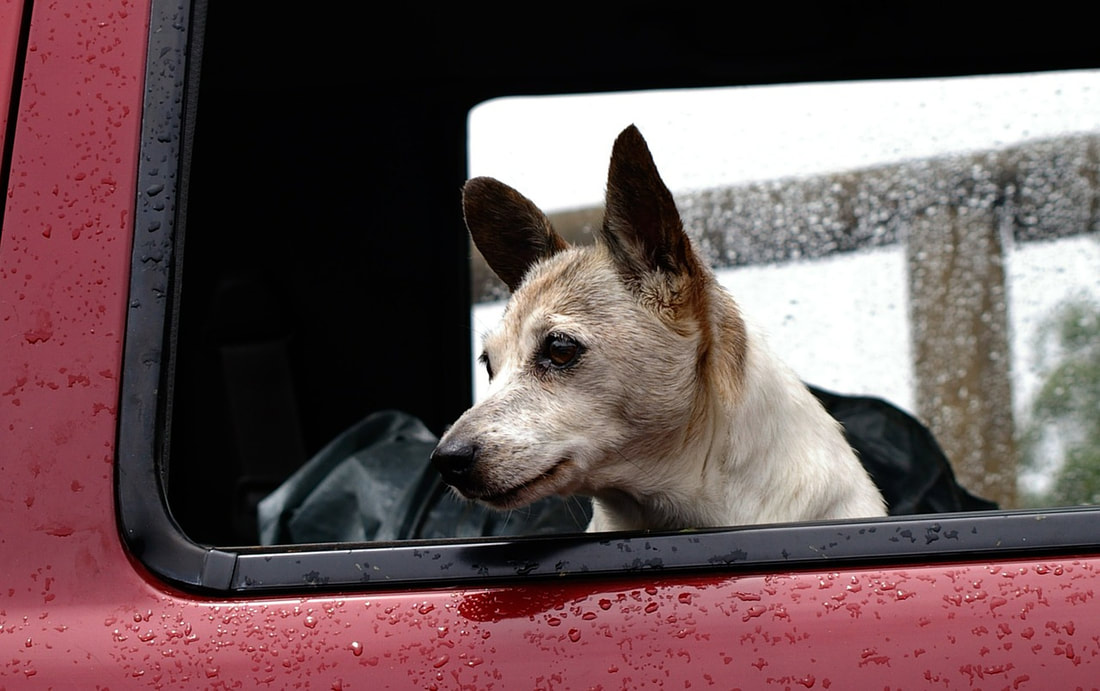
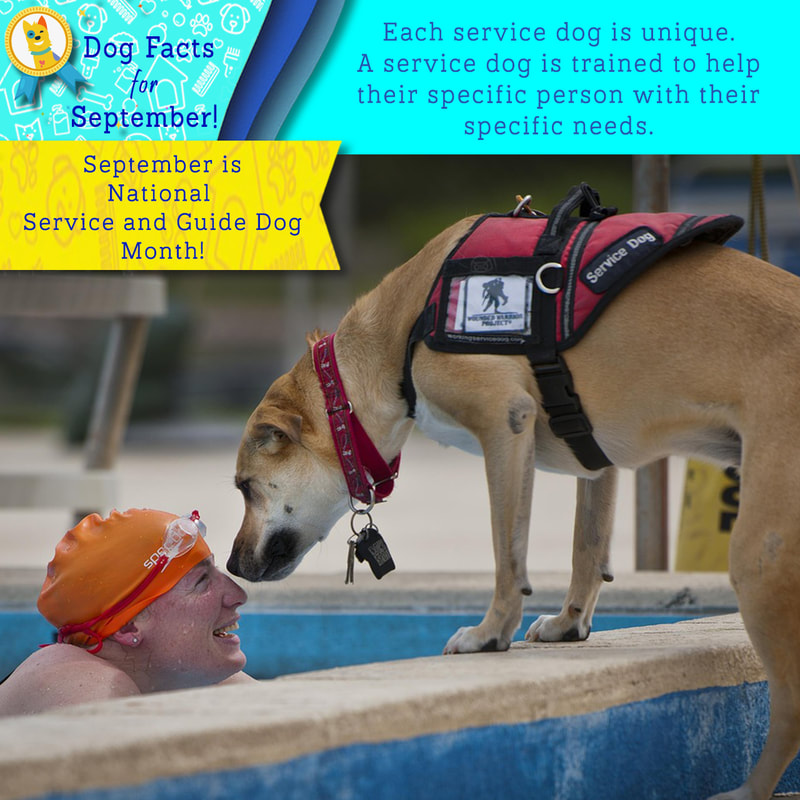
 RSS Feed
RSS Feed